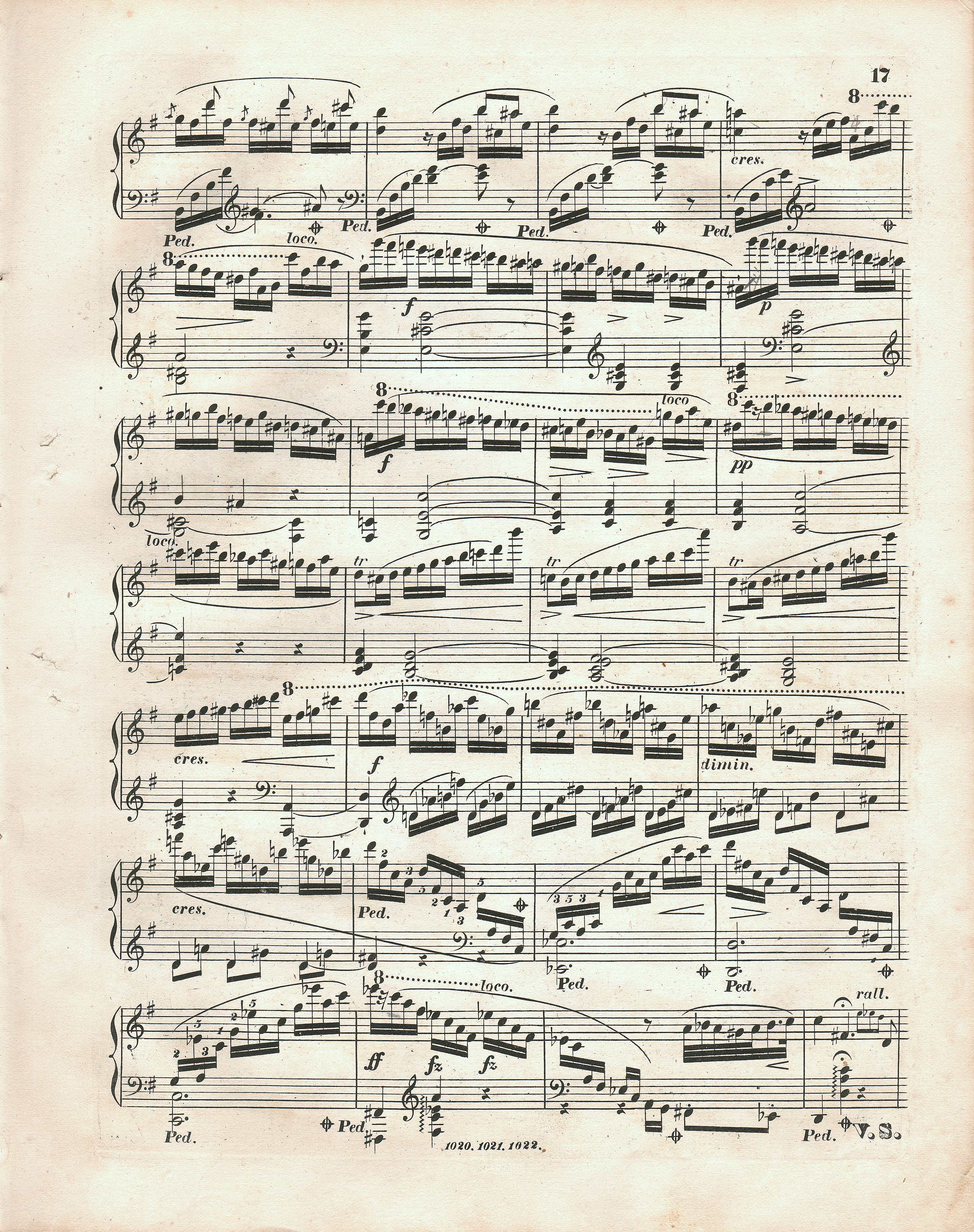



According to us, the first of the Chopinesque fingering digits given in FE (→GE,EE) may be erroneous. In such passages, different sounds are generally played with different fingers, which together create a specific arrangement for a given passage, repeated in the next octaves (cf. bar 569). Therefore, it is generally enough to give fingering of the first figure as Chopin did, e.g. in the Etude in C Major, Op. 10 No. 1. Performing both g and a with the 3rd finger breaches this rule and impedes performance, not offering anything in exchange. However, if we perform g with the 2nd finger, which was just on the adjacent black key (f ), the 3rd finger may remain on a, which it played in the previous bar. Therefore, taking into account a possibility of a mistake, we give an alternative suggestion with the use of the 2nd finger.
), the 3rd finger may remain on a, which it played in the previous bar. Therefore, taking into account a possibility of a mistake, we give an alternative suggestion with the use of the 2nd finger.
Compare the passage in the sources »
category imprint: Interpretations within context; Editorial revisions
issues: Errors in FE
notation: Fingering



